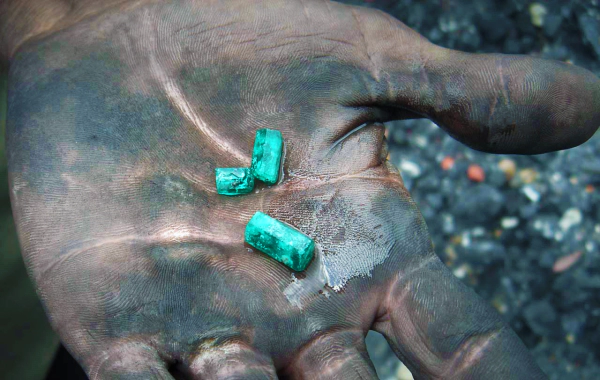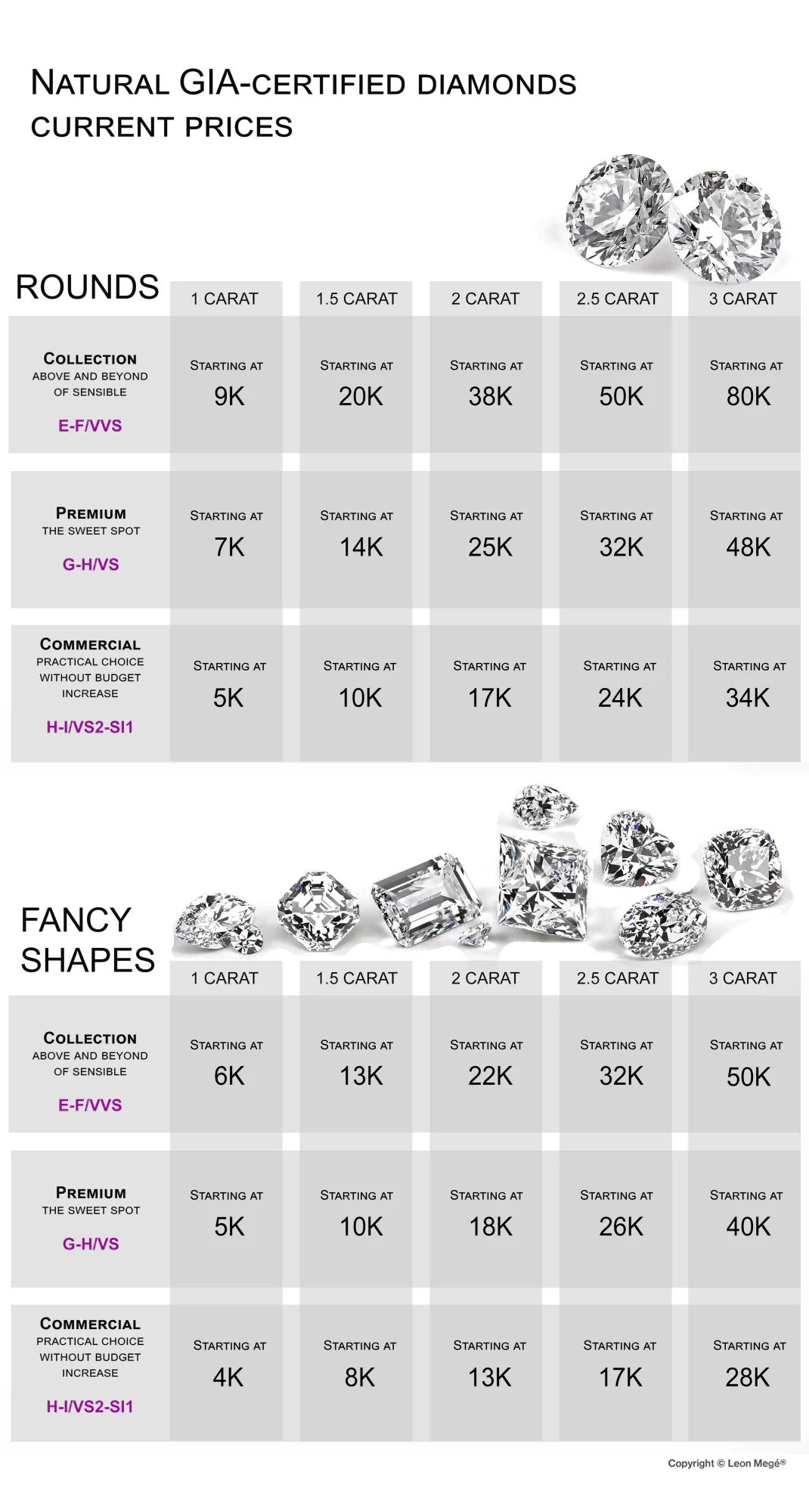Emerald Color Is The Most Important Factor
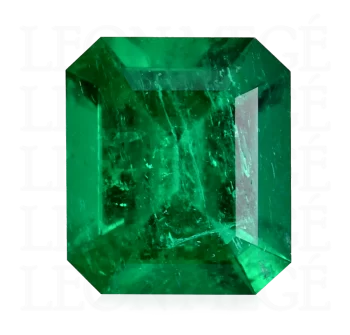 Emeralds are members of the elite club of precious gemstones, along with Burmese rubies, Kashmir sapphires, and Brazilian Paraibas. Their color has the richness and opulence of a blooming tropical forest. Emeralds have been synonymous with green color since antiquity.
Emeralds are members of the elite club of precious gemstones, along with Burmese rubies, Kashmir sapphires, and Brazilian Paraibas. Their color has the richness and opulence of a blooming tropical forest. Emeralds have been synonymous with green color since antiquity.
Egyptians were mining emeralds as early as 3500 BC. According to the Bible, it was one of the four precious stones Elohim gave King Solomon. Egypt was the only source of emeralds until the 16th century when the murderous Spanish conquistador’s conquest of South America led to the discovery of modern-day Colombia.
Beryl crystals formed in hydrothermal veins from mineral solutions contaminated with impurities responsible for various beryl colors. Beryl is a cyclosilicate with the chemical composition Be3Al2 (SiO3)6.
Variety: Emerald
Species: Beryl
Mohs Hardness: 7.5 to 8 out of 10
Color: Medium-light to dark green, slightly yellowish-green, and bluish-green
RI: 1.577 to 1.583 (+/-0.017)
Birefringence: 0.005 to 0.009
SR/DR/AGG: DR
Clarity Type: Type III
Optic Character: Uniaxial negative
Pleochroism: Moderate to strong green & bluish green
Spectrum: Broad absorption at 580 to 630nm. Lines at 646 & 662nm. Distinct lines at 680.5 & 683nm. Almost complete absorption of the violet.
Fluorescence: Generally inert. However, top colors may fluoresce orangy-red to red under LW & SW (stronger reaction under LW)
SG: 2.72 (+0.18 / -0.05)
Routine Treatments: Oil is a traditional treatment that is generally accepted as natural.
Additional Enhancements: Excessive oiling, fracture filling, fracture filling combined with dye
Extremely rare, top-quality Colombian emeralds are 400 times rarer than diamonds and cost more per carat. The vivid green is not the rarest Beryl variety. That distinction goes to red beryl, called bixbite. The historical values of Colombian emeralds demonstrate a continuous and uninterrupted increase in net worth of approximately 5-10% annually. Every year miners dive deeper into the elusive emerald-bearing veins to bring an increasingly shrinking supply of gems to the market.
Setting emeralds
The choice of setting depends on whether the emerald is worn in a ring, earrings, or necklace. Wearing an emerald in a ring can easily cause it to chip or scratch. A halo or cluster of diamonds surrounding an emerald will absorb the hard knocks and protect the stone.
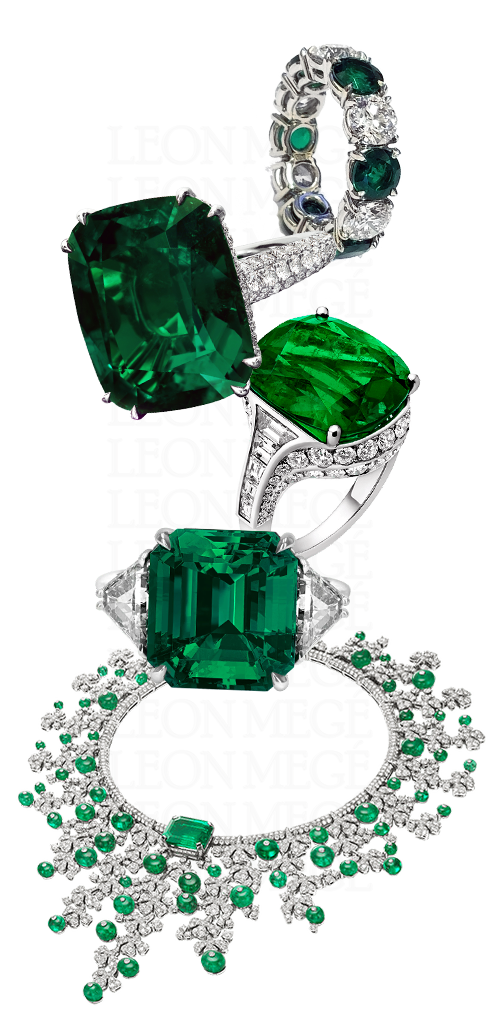
An emerald can be set in a bezel that wraps its girdle for better protection. Setting an emerald in a bezel is riskier than using prongs.
Also, bezel-set stones are harder to clean or unset for repolishing without destroying the mounting. Claw prongs provide sufficient protection for emeralds.
V-prongs do not offer any advantage when setting emeralds. It’s the opposite – setting the emerald tip into a V-prong carries more risk.
An emerald’s color often improves when it is set in yellow gold. Top-color stones are always set in platinum. Soft metals like 22K gold and pure platinum are used to make prongs when setting rare and expensive emeralds.
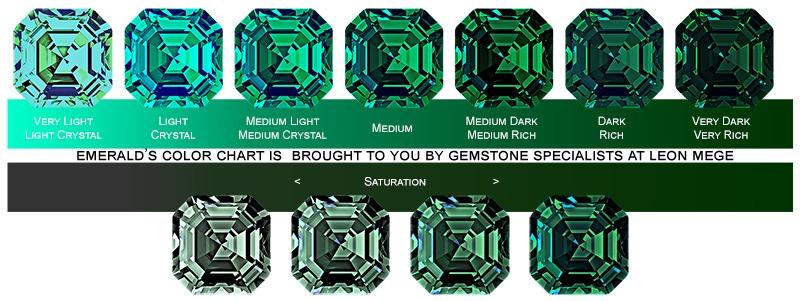
Emerald color
The most-prized emerald color is evenly distributed, vivid bluish-green without significant color zoning. A medium tone with clear transparency is desirable but is subject to personal taste. The value drops if yellow or blue hues become too dominant. The bluish-green to pure green emeralds in medium to slightly dark tones are the most desirable. The strength, intensity, and even distribution of color are more important than the tone. The best emeralds have vivid saturation and high transparency.
Where do emeralds come from?
The best and most valuable emeralds come from Colombia. Colombian emeralds were created millions of years ago during the formation of the Andes Mountains. The mineral-rich water seeping through the cracks between rock layers solidified into emerald-bearing veins. The most famous emerald deposit is the Muzo mine, just northwest of Bogota. Besides Colombia, emeralds are found in Brazil and Zambia, while Afghanistan, Ethiopia, Madagascar, Australia, Pakistan, and Russia have less important deposits. There are several major emerald deposits In Brazil: Minas Gerais, Bahia, and Goias.
Colombian mines
Colombian emeralds are mined in the area known as the Emerald Belt of the Cordillera Oriental in the Gobernación de Boyacá and Cundinamarca district. Since the 1500s, the three main emerald mines in Colombia have been Muzo, Coscuez, and Chivor. The most famous is the Muzo mine, which produces the world’s most prized emeralds. The other two mines are Chivor, which produces lighter, slightly more blueish material, and Coscuez, which has warmer shade stones.
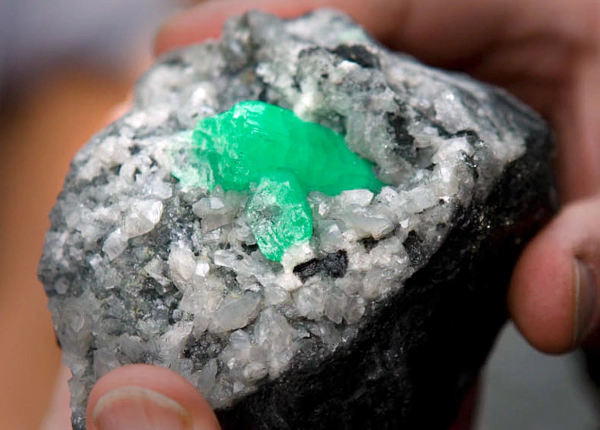 Muzo emeralds
Muzo emeralds
This color is typically a vivid green. A butterfly (mariposa in Spanish) lives only in the Muzo area and has the same color. Muzo crystals do not form clusters or aggregates. They tend to be shorter than those from Chivor.
Coscuez Mine
Coscuez crystals frequently occur as aggregates with multiple terminations. The crystals from Coscuez are longer than those from Muzo but shorter than those from Chivor. They have good transparency with a bright yellowish-green color but cannot be traced to the Coscuez mine by color alone. The inclusions are typically diffused and poorly defined.
Chivor Mine
Chivor emeralds are famous for their color and brilliance, even in dim light. Their crystals are elongated and do not form clusters or aggregates.
They generally have a lighter bluish-green color and fewer inclusions. They have three-phase inclusions containing gas, fluid, and crystals of halite, pyrite, and albite.
Top grade emeralds
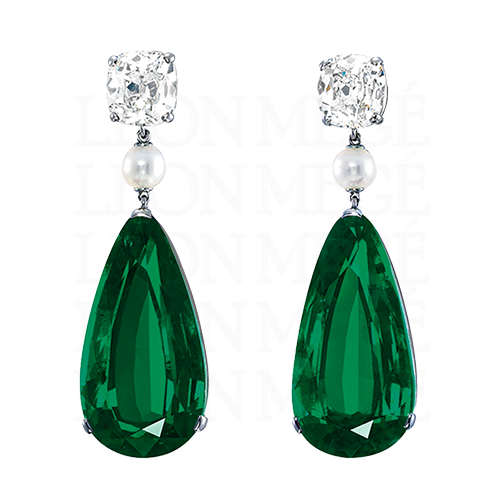
Best emeralds are nearly void of inclusions and characterized by rich green color and high brilliance. The most desirable color for an emerald is a rich, bluish-green without a yellowish or brownish tint. They are not treated with oil and are accompanied by at least one certificate from a reputable gem lab in New York or Switzerland. Top-grade emeralds command the highest prices but are also more valuable and durable.
Colombian emeralds are the standard against which all other emeralds are usually compared. They are legendary for their deep color, with just the right amount of blue and yellow. Colombian emeralds command higher prices than emeralds from any other localities. A pair of the rarest and most expensive emeralds, the extraordinarily well-matched Grand Muzos weighing 23.34 and 23.18 carats, sold in 2019 for $4.5 million, thanks to continued demand for Colombian emeralds of the top grade with richly saturated uniform color.
Emerald vs. Beryl
Emerald and green Beryl belong to the same gemstone species but differ in color depth and saturation intensity. Green beryl owes its pale green color to the presence of iron impurities. Traces of iron can also be found in emeralds giving them a yellow and, sometimes, bluish secondary color. Iron is abundant near the Earth’s surface, but chromium which gives emeralds their beautiful color, is found 15 miles below the Earth’s crust. Beryl has to be directly exposed to chromium or vanadium during formation to become an emerald, a rare occurrence. Emerald’s refractive index is 1.565-1.602. Green beryl has a refractive index of 1.58-1.59.
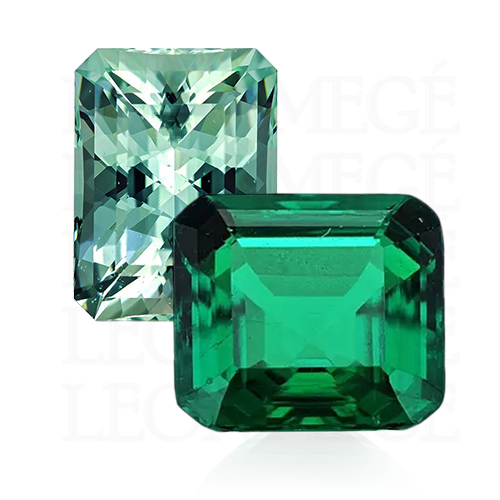
Trapiche emerald
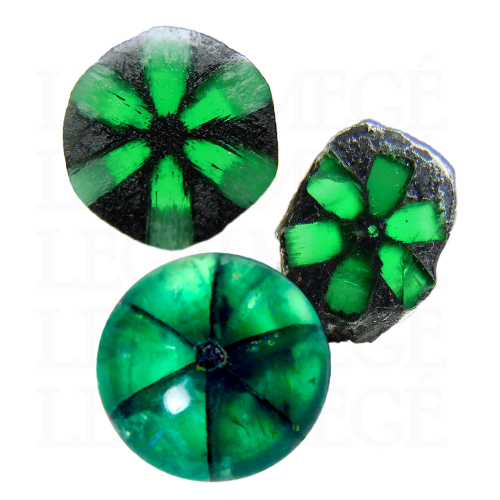
Trapiches are emeralds formed by inclusions separated into growth sectors radiating in a star-like fashion from the crystal’s core. The name trapiche comes from trapiche (de azúcar) meaning “sugar. Their spikes look like the grinding wheels used to process sugarcane in South America.
Emerald inclusions
Emeralds are type II gemstones, so inclusions are expected and are part of the crystal structure. Emerald’s inclusions do not diminish its beauty unless they are overwhelming and affect its appearance. Fewer visible inclusions make the stone more valuable. However, crystal-clear emeralds are incredibly rare and are called “High Crystal ” as opposed to High Color emeralds – pure in color but lacking clarity. High Color emeralds are bright beyond the wildest imagination, with amazing sparkle and scintillation.
Emeralds’ interior features, such as veils and wisps of natural imperfections that look like an overgrown, verdant garden, have been romantically termed jardin. Unlike diamonds, where clarity is essential to the stone’s value, inclusions in emeralds are expected. They are formed by gases and other minerals trapped inside an emerald during crystallization, and they are often viewed as desirable features aiding in emerald identification. Heavily included emeralds look cloudy and void of any brilliance. Areas of discoloration indicate potential crumbling of the surface. Emeralds with surface cracks extending over a third of the stone’s length are vulnerable and prone to disintegration.
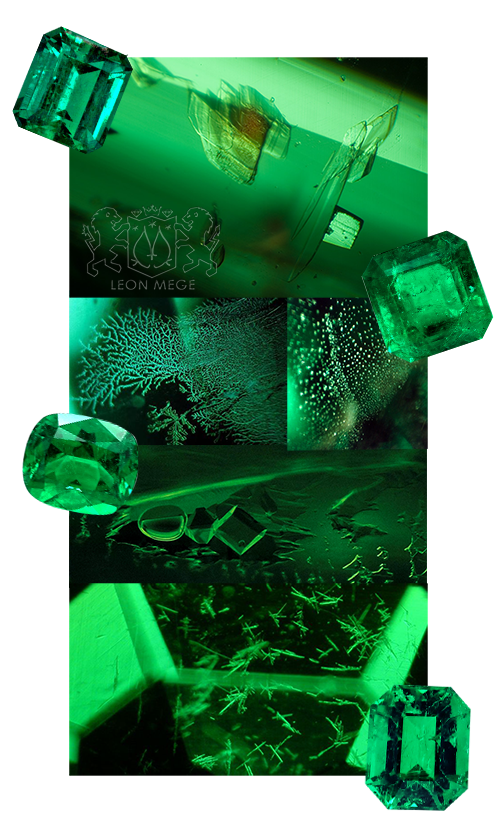
Emerald grades and enhancements
The only legitimate types of emerald treatments are oil and liquid resin. Ninety-five percent of emeralds are enhanced with liquid resin, with the rest oiled with cedarwood oil extract. The advantage of liquid resin is that it is a more stable filler compared to oil. Both oil and liquid resin can be removed, although there is no reason ever to do that. Most oil-treated emeralds must be re-treated at some point, especially in hot climate zones. The high temperatures and atmospheric pressure will cause the oil to leak out, but not liquid resin, which is far more stable.
This is a judgment of the degree of clarity enhancement: minor (F1), moderate (F2), and significant (F3). “Minor” enhancement indicates the treatment has had only a slight effect on the face-up appearance, whereas “significant” indicates an obvious effect on the appearance.
99% of emeralds sold commercially would be classified as F3, which does not affect their value.
Emerald treatments
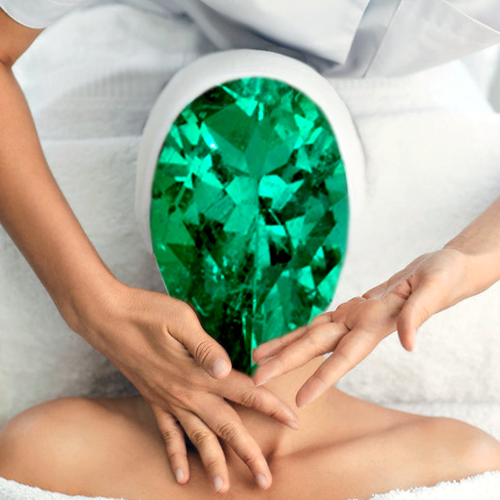
Clear emerald crystals are highly prized among collectors and connoisseurs. Unfortunately, an emerald without visible inclusions not treated with oil is a rarity. For centuries people used natural oil to infuse emeralds to conceal inclusions. Oil is the most accepted emerald treatment. When used in small quantities, it has a minor effect on the stone price. Using oil to fill fractures and cavities doesn’t change color. Oiling does not alter an emerald permanently and can be removed or evaporated over time.
Laboratories grade the presence of oil in emeralds as none, insignificant, minor, moderate, or significant. It is recommended to recertify an emerald at the time of the purchase to detect an oil treatment applied after a no-oil certificate was issued.
Emerald care
Emerald’s hardness of 7.5 to 8 on the Mohs scale is substantial, but because of small fractures and inclusions, emeralds can be brittle if knocked against a hard surface or subjected to extreme temperature change. Emerald’s hardness is not enough to protect them from scratching caused by everyday wear. Emeralds are cleaned by gently brushing with a soft-bristled toothbrush in warm, soapy water. Never soak emeralds in any cleaning solutions, or use an ultrasonic cleaner. If necessary, an emerald can be re-oiled.

Emerald metaphysics

Emerald is a May birthstone and Zodiac stone for people born between June 21st and July 22nd. According to Indian folklore, the word emerald is derived from Sanskrit Marakata, meaning “green as a plant,” and the Persian word smaragdus, meaning “green stone.” The Incas thought that emeralds foretell the future and reveal the truth.
Losing an emerald is bad luck. William Thomas Fernie’s 1907 book states, “Precious Stones for curative wear and other remedial uses likewise the nobler metals.” – “The falling of an emerald from its setting has been an ill omen to the wearer, even in modern times.”
Celebrities and emeralds
Emeralds have always been associated with royalty. Emeralds were Cleopatra’s favorite gemstone. In 1845, Prince Albert commissioned an emerald tiara for Queen Victoria featuring 19 pear-shaped emeralds, the largest weighing 15 carats. In 1911 Queen Mary wore an emerald choker that would later be given to Princess Diana as a wedding gift from Queen Elizabeth. John F Kennedy picked a Van Cleef & Arpels emerald engagement ring to propose to Jacqueline Bouvier in 1953. In 2011 Elizabeth Taylor’s emerald necklace was sold for $6.5 million at auction.
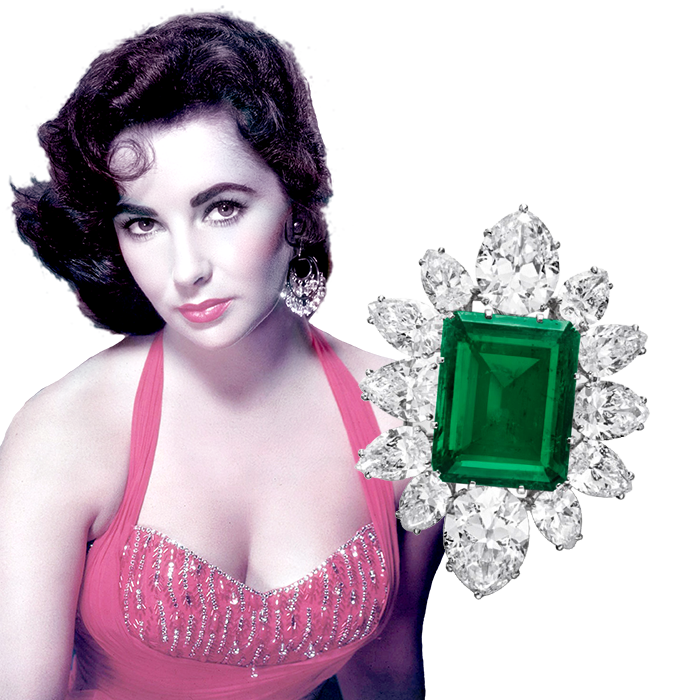
Emerald City

Is Emerald City real?
L. Frank Baum’s book, published in 1900, describes the Emerald City, where all residents were duped into thinking that the city was built of emeralds. They were required to wear green sunglasses they never took off. In the 1939 Wizard of Oz movie, the city was recast as a sparkling metropolis built entirely out of emeralds to take advantage of Technicolor.
The Red Emerald
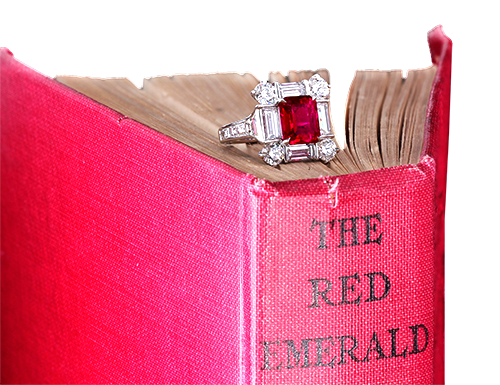
Bixbite is an extremely rare and gorgeous variety of red-colored beryl. For every 150,000 gem-quality diamonds, only one red beryl is found. Gem connoisseurs love it, and it is marketed as Red Emerald.
Sometimes raspberry-colored beryl from Madagascar called Pezzottaite or “Raspberyl” is passed on as bixbite. Pezzottaite is also very rare but less valuable than bixbite.
Emeralds and photography
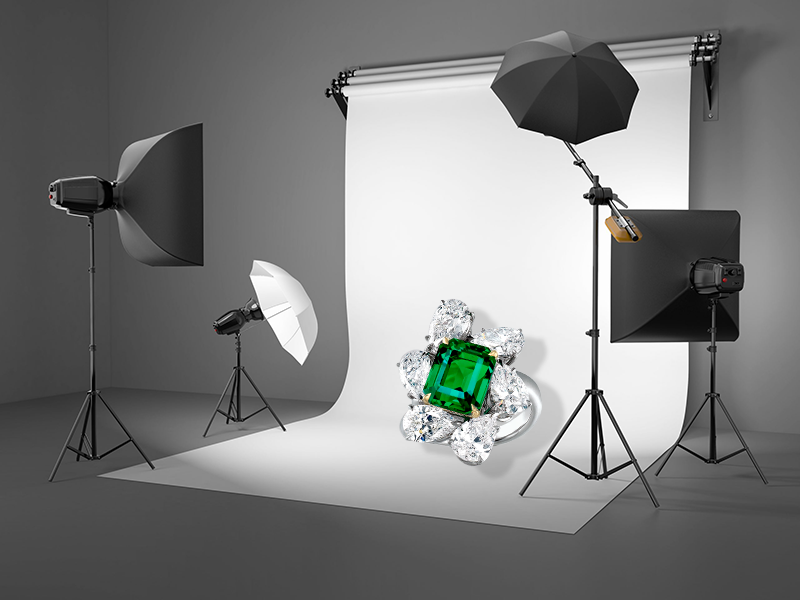
Emeralds are the hardest stones to photograph; they are the most photoshopped gemstones. It is nearly impossible to take a picture that truly represents what you see in real life because digital cameras cannot capture the dynamic range of greens in emeralds. The same problem affects computer monitors as well. Emeralds are photographed using macro lenses, visually flattening the image and combining all inclusions into a single plane. Oil-filled fissures invisible to the naked eye become visible in the photograph, creating the appearance of a heavily included stone. A close-up picture of an emerald is not a fair representation of the stone’s actual appearance, making a presentation of an emerald via picture or a video truly challenging.


